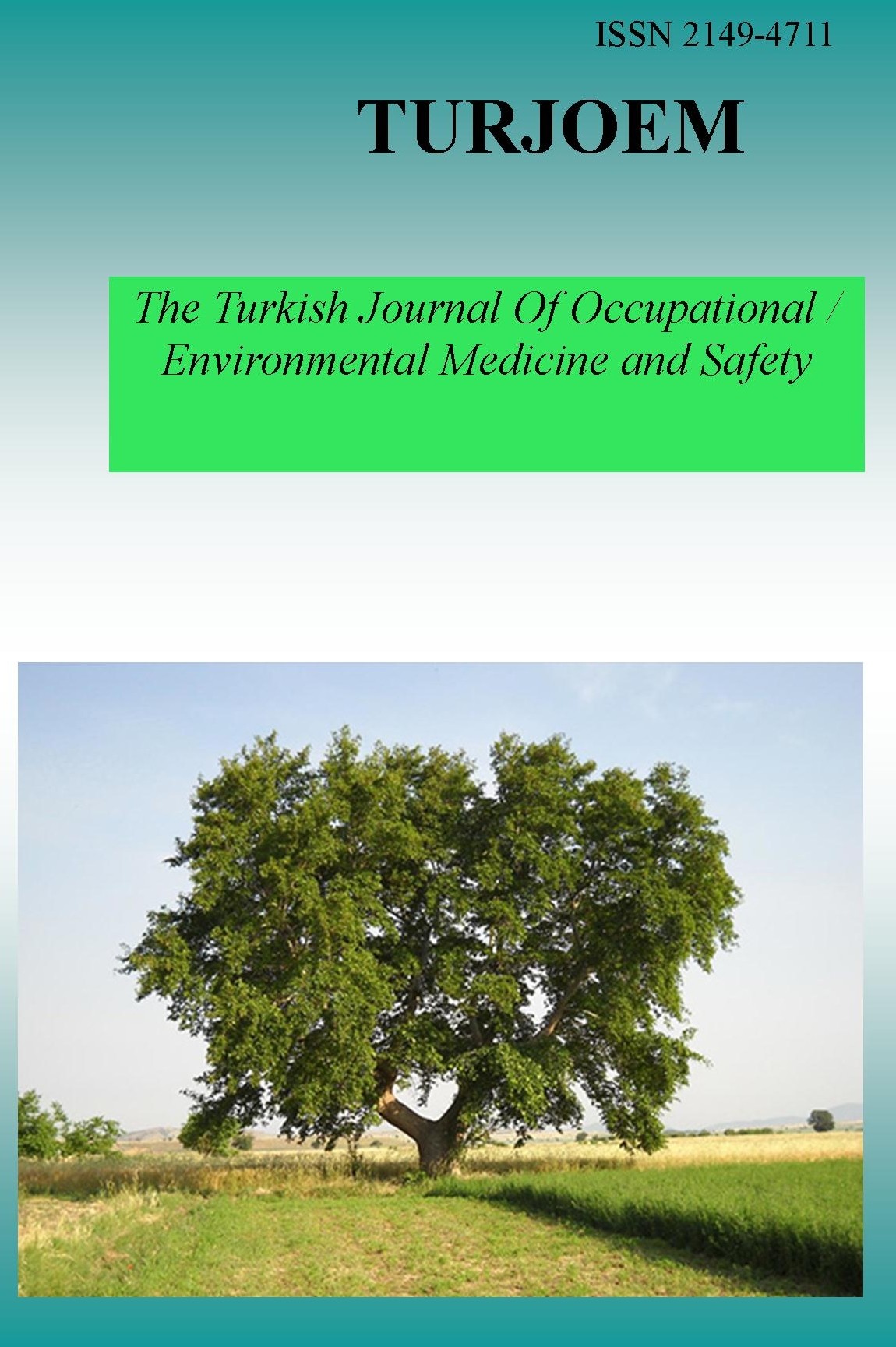SIRTUINS AS DRUG TARGETS AFFECTING MITOCHONDRIAL FUNCTIONS
SIRTUINS AS DRUG TARGETS AFFECTING MITOCHONDRIAL FUNCTIONS
___
- Kenan Can TOK, Yasemin KARTAL, Zeliha KAYAALTI
- Department of Forensic Toxicology, Institute of Forensic Sciences, Ankara University, Ankara, Turkey Department of Physiology, Faculty of Medicine, Hacettepe University, Ankara, Turkey
- ISSN: 2149-4711
- Başlangıç: 2015
- Yayıncı: Engin TUTKUN
METHOD EVALUATION OF EUREKA LABDIVISON’S DRUGS OF ABUSE IN URINE BY LC/MS KIT
Ali Akbar MALEKIRAD, Marziyeh BIDRAM, Sima BALABANDI, Samira SHAHRJERDI, Mohammad ABDOLLAHI
EVALUATION OF WATER QUALITY THROUGH ARTIFICIAL NEURAL NETWORKS
Aysel Çağlan KARASU BENLI, Belda ERKMEN, Zuhal YILDIRIM, Ramazan MERT, Figen ERKOÇ
. TBARS, SH AND NITRIC OXIDE LEVELS IN MALE WORKERS WITH OCCUPATIONAL LEAD EXPOSURE
Gülsen YILMAZ, Hatice SÜRER, Elmas ÖĞÜŞ, Engin TUTKUN, Hınç YILMAZ, Fatma Meriç YILMAZ
Merve KOÇAK, Merve VATANSEVER, Hilal KAYA
Cansu AKBULUT, Zeynep İŞEL, Mustafa ZENGİN, Nazan Deniz YÖN
PRELIMINARY ASSESSMENT OF METAL LEVELS IN THALASSEMIA PATIENTS
Bayram YÜKSEL, Dilek KAYA-AKYÜZLÜ, Zeliha KAYAALTI
Cevat NISBET, Ahmet GULER, Yuksel ARDALI, Selim BIYIK
HISTOLOGICAL EFFECTS OF TRIBENURON METHYL SPLEEN TISSUE OF ZEBRAFISH (Danio rerio)
